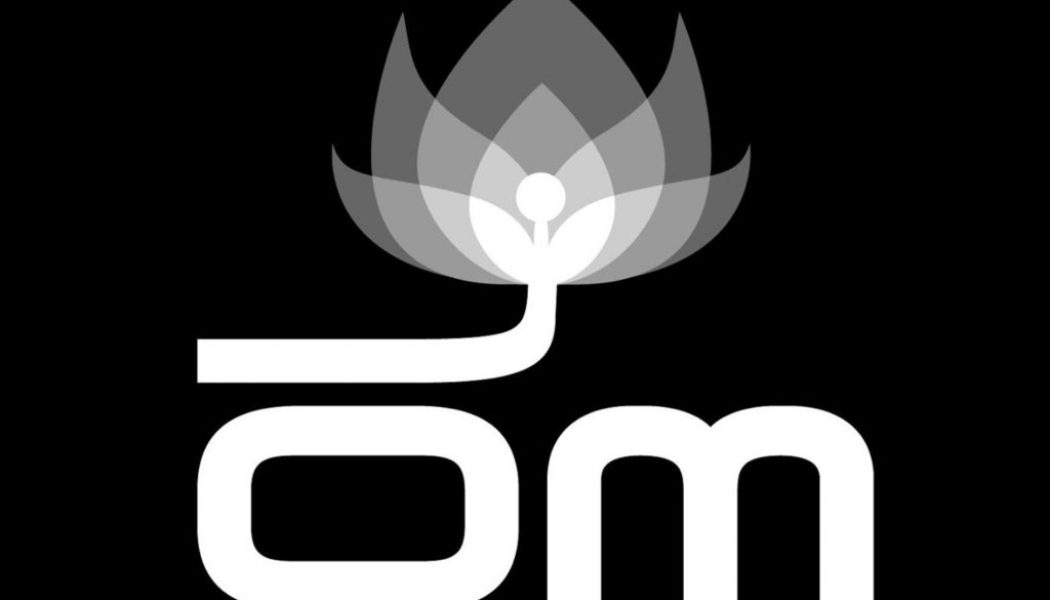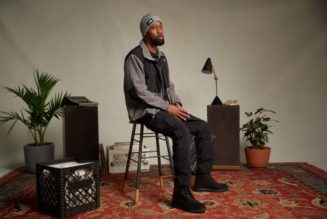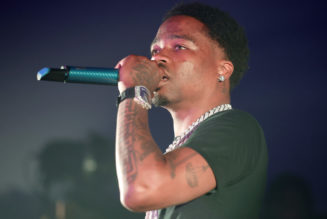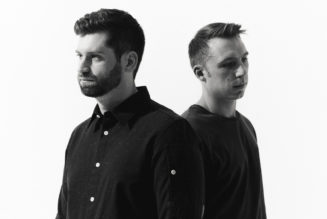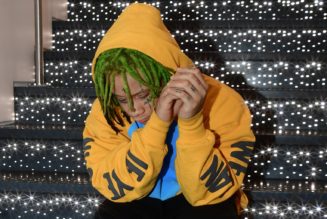
Celebrating their 25th anniversary this year, Om Records’ first office was on San Francisco’s legendary Haight Street. First hosting the musical counterculture of the late ’60s via local bands like the Grateful Dead and Jefferson Airplane, three decades later Haight witnessed another sonic revolution in the form of electronic music upon Om’s arrival in 1995.
In this era, the genre existed largely in underground scene hubs like San Francisco, where local producers were getting weird with their fusions of house, acid house, downtempo and hip-hop and other burgeoning experimental sounds.
A quarter-century later, Om is still home to everything weird and wonderful, with artists including Kaskade, Groove Armada, Dirty Vegas and more delivering electronic sounds across the genre spectrum. Last month, the label released Om Records – 25 Years, a 25 track anniversary compilation album featuring new and unreleased music from current and former label artists including Kaskade, Mark Farina, Colette, Groove Armada, Telefon Tel Aviv, Marques Wyatt and more.
Here, label partner Gunnar Hissam reflects on a quarter century of Om, and how, after all this time, the baseline for quality is still whether or not the music gives you goosebumps.
Who founded Om? When? And what inspired them to do so?
Om was founded by Chris Smith and Steve Gray in 1995 on San Francisco’s Haight Street above Tweekin’ Records, now Vinyl Dreams, as a response to the vibrant underground scene happening at that time. Club culture in San Francisco had all types of music mixing together from house and hip-hop to the electronic and experimental. Om’s mission was to find, release and promote music that was refined, innovative and always pushing boundaries.
What are all the ways the label comes to life for fans?
When we started out it was very much about compilations and DJ mixes. The first seven or so releases on Om were all compilations with DJ Mark Farina’s Mushroom Jazz (OM-005) being one of the first ever DJ mixed albums to come out on CD. This was back in 1997, when DJ mixtapes were predominantly found on cassettes.
We also incorporated multimedia technology into the releases with enhanced CDs and bonus CD Roms that featured remixing software alongside interviews with like-minded artists and DJs like Gilles Peterson and James Lavelle. As the years progressed, Om started signing artists and releasing 12” singles, remixes, full length albums and doing more event-based compilations like Om Lounge, Deep Concentration and Sounds of Om. Most of these started as parties in SF and later morphed into tours, events and album series.
Our merchandise and artwork have featured amazing designers including Sam Flores, Twist (Barry McGee), Doze Green, Damon D23 Soule, David Flores, Dave Kinsey, Capacitor, Push Visual and so many more. We are now over 700 releases in so there’s a ton of music out there. Some of it is highly collectible on vinyl. That’s one special thing about the 25 Years album. It’s a quadruple heavyweight 180-gram LP and the second half of the album is all out of print on wax. Now days, we’re focusing on developing artists and releasing new original music. The mixed compilations have slowed down a bit to give way for more artist development but the 25 Years album really gets back to our roots.
Where are you based? Does your location affect the musical output?
We are still based in San Francisco. Our office is on Bryant Street right across from KQED in the old Best Foods Mayonnaise Factory. The whole building has been converted into artist studios, so it’s a special place in the ever-changing landscape of SF.
Are you an indie or a subsidiary of a larger label?
We are a true independent record label.
How many employees does Om have?
There are three of us. The magic number.
Do you have regular office hours, or do you keep an unorthodox schedule?
We’re available most days, but I say that in the middle of a pandemic when I’m trading work hours with my wife as we take care of our four-year-old son. It’s always been an all-hands-on-deck operation, so we chip in whenever we can as long as it’s possible. There’s really no turning off the work unless we turn our phones off and put them in a drawer and don’t look at the internet or TV. Those days are few and far between, but they’re nice when they happen. Lots of vinyl gets listened to on those days. Otherwise, we’re always accessible.
How has everyone at the label stayed in touch during quarantine and how has the pandemic affected your release schedule, if at all?
We’re checking in via text, email and calls most days. The pandemic freaked us out, but after we sat with it for a bit, we realized what we were working on would hopefully bring people joy in a really challenging time, so we moved forward with our plan to release the 25th Anniversary album and follow it up with album releases and singles all the way through November.
Everyone is stuck at home listening to music and watching movies and shows and I know, for myself at least, that without music during this crazy time, I’d be miserable. Unfortunately, the 25th anniversary parties will have to wait until next year hopefully, and they’ll be extra special to get everyone back together.
Who are the must-know acts on your current roster?
All of them! [Laughs.] We’ve got fantastic new music coming this year from Body Language, Rocket Empire, Shiny Objects and Reptile Room. Fans of Om know that we’re an eclectic bunch and can switch between hip hop to house to downtempo so you have to stay on your toes to keep up with us. Keep an eye out for new stuff from King Kooba and The Jazzual Suspects too.
Is there a common sound or ideology that ties releases together?
I’d have to say the feeling of goosebumps ties everything together. That’s what we’re shooting for. We want the listener to say “what song is that?” or “who is that?” Those questions only come about when the magic happens and those goosebumps appear when the music starts.
[embedded content]
What are a few essential tracks that define what Om is all about?
I included some of these on the second half of the 25 Years album. Those 13 songs really tap into the history of what we’ve done. Songs like “Acid Raindrops” by People Under The Stairs, “It’s You, It’s Me” by Kaskade and “Dream Machine” by Mark Farina & Sean Hayes really capture eras to me.
But on the flip side there’s junglist hip-hop from Ming & FS that helped pave the way for new breakbeat/dubstep artists today. There are so many songs in the catalog it’s really tough to pick. They’re all special in their own way. Body Language’s “Social Studies” (Plastic Plates Remix) or TWINKIDS’ fabulous “Overdressed” represent some of the new wave of artists still keeping the vibe going.
What’s one piece of advice for aspiring producers who would like to get on your radar?
Be unique and reach out. We are constantly listening to new music from demos that get sent in. That’s how we found Reptile Room.
